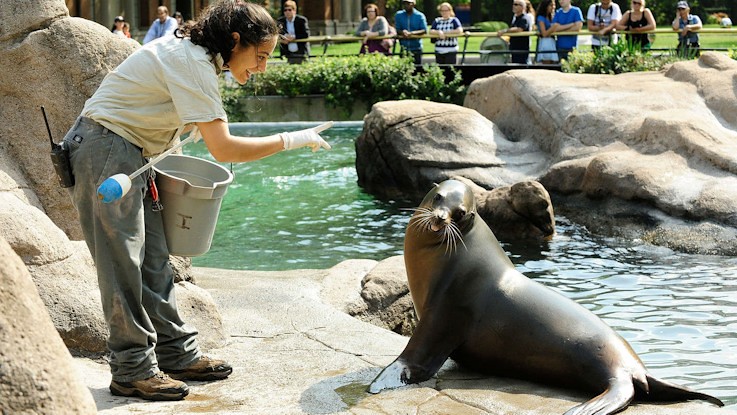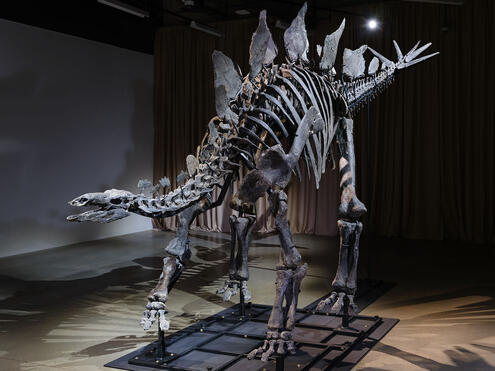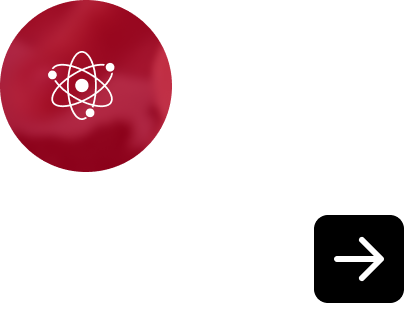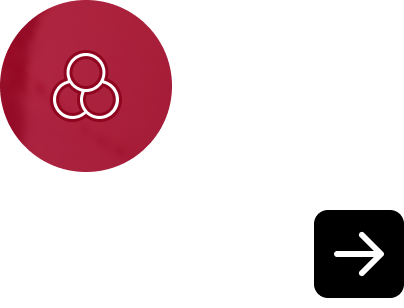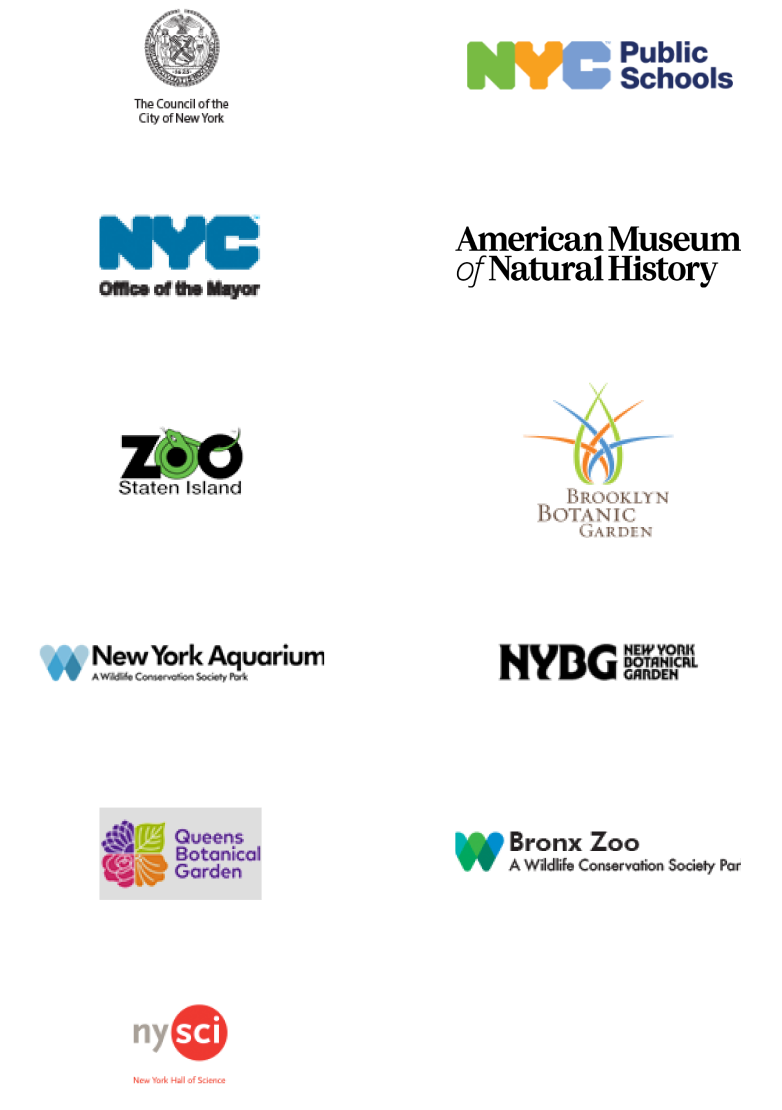Transform your teaching through innovative
professional learning
Transform your teaching through innovative professional learning

Urban Advantage and the Teachers of NYC
UA provides support for the teaching and learning of science in participating schools. Participating teachers complete a required series of professional learning courses that are based on the New York State Science Learning Standards, the Culturally Responsive and Sustaining Education Framework, and Ambitious Science Teaching.
Teachers receive access to UA's eight science-rich cultural institutions to support student learning, engagement, and exploration.
Our Professional Learning Sequence for Teachers
Urban Advantage offers hands-on, research-based professional learning focused on science content, scientific practices, and effective teaching strategies. Courses are led by UA science institutions and highlight the connections between the science that is all around us and the science taught in the classroom. Using these institutions to support curricula creates memorable experiences for students and enriched teaching opportunities for teachers.
Teachers complete a progression of courses over a number of years. These courses focus on the use of phenomena to support learning, student discourse, making, arguing, and justifying evidenced-based explanations, and the support students in their changes in thinking and understanding over time.
Teachers have access to UA’s eight cultural institutions to plan and execute school trips to support classroom learning.
Visit Institutions
Using your voucher to Visit Institutions
Teachers have planning and class trip vouchers. Please explore the Visit Institutions section to see how to book your reservation at each institution before visiting with your voucher.
Using your voucher to Visit Institutions
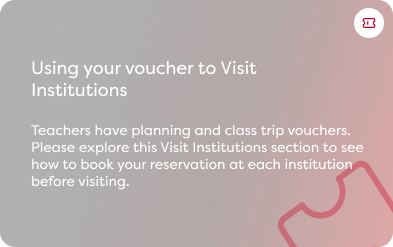
Upcoming Events
During the school year, when vouchers are valid, the events listed on this page are free.
During the summer, these events may required additional payment.
During the school year, when vouchers are valid, the events listed on this page are free. During the summer, these events may required additional payment.
Doing Science
UA believes that science is all around us and that we are all scientists. We all make observations and ask questions, something that comes naturally to young learners, and is the first step when exploring the world. UA encourages maintaining this innate curiosity to learn and understand both our immediate communities and the wider world.
What can I Investigate? Will I Investigate on my own, or collaborate with others?
First, make observations and ask questions: What do I see outside my window? What do I notice in my community? What am I interested in learning more about? What do I see that I’d like to improve? Following options will guide you along a science path.
Doing a Science Investigation in a Small group or on your own
Investigate your own science question (the question comes from you and/or a small group)
Participate in a larger data collection effort, often addressing questions and priorities of a “Citizen Science” organization.
Address an important issue in your community or neighborhood.
Engineer a solution to a problem or challenge, possibly including a working prototype to illustrate your design in action.
How can I share my science?
Sharing findings from an investigation of a student generated science question
This would be an investigation report. The investigation can take one of several formats including:
- Controlled Experiment
- Field Investigation
- Design Investigation
- Secondary Research
Could include, but not limited to
- Elements might include those below (students may choose to emphasize a particular science practice within this list):
- Title
- Question
- Hypothesis & Prediction
- Background Research
- Investigation Design
- Procedure
- Data & Analysis
- Conclusion
- Scientific Explanation & Argument
- Reflection
- Next Steps
- As described in Elements of an Investigation
Examples
- The effect of number of fins on the distance a straw rocket flies
- The effect of a change in the Zebra Mussel Population on the population of Unionidae in the Hudson river
- The effect of the percentage of sand in soil on the growth of marigold plants.
- The effect of air temperature on activity level of Gelada Baboons
Citizen science participation
Could include, but not limited to
- Descriptions and photos of activities associated with participation.
- Lessons learned about the phenomena and the nature of science through participation in the program.
- Any inspiration for future activity or research.
Examples
- Participation in projects like
Sharing of participation in projects contributing student data and observations to a larger data collection effort.
Monitoring the environment/neighborhood
Could include, but not limited to
- Why were you interested in monitoring this environmental factor?
- Descriptions and photos of activities associated with monitoring.
- Maps or diagrams of the area monitored with elements that might affect the factor(s) being monitored.
- Lessons learned about the phenomena and the nature of science through the monitoring process.
- Any inspiration for future research or action.
Examples
- Monitoring health-related indicators (such as air quality, particulates, temperature, etc.)
- Monitoring biodiversity (e.g. iNaturalist) which could include invasive-species sightings (e.g. recent Spotted Lanternfly initiatives)
- Schoolyard studies (could be similar to restoration projects like NWF’s Schoolyard Habitats project in section 4)
Sharing observations and tentative explanations after a period of monitoring and data collection in your neighborhood.
Community-connected science
Could include, but not limited to
- How you became aware of the issue to be addressed.
- Description of the issue.
- Description of what science concepts help you understand or explain the issue and how they help you address the issue.
- How community input was sought or gathered in understanding or developing a solution to the issue.
- Outcome of any applied solutions to the issue.
Examples
- Mitigation of a community environmental issue, such as a climate impact (flooding/permeable surfaces, vegetation cover) or other community priority.
- Restoration of a habitat: schoolyard, a wetland area, or another neighborhood habitat, oyster reef habitats: Billion Oyster Project
- Stewardship of a school or neighborhood habitat (example - Tree Bed Habitats with NYC Parks).
- A neighborhood mapping project to raise awareness about a topic (e.g. rain gardens, possible tool: Green Maps)
Participation in a project that uses some science concept to address an issue in your community or neighborhood.
Artwork
Could include, but not limited to
- STEM connected photography exhibit or exhibit of drawings, paintings, multi-media, etc.
- Description of science concepts and how the artwork is a reflection or elaboration on your understanding of the science or phenomenon.
Examples
- Climate crisis-related works of art
Presentation of studio art or photography connected to a STEM topic.
Design/engineering projects
Could include, but not limited to
- A physical model or prototype of an engineered solution.
- Description of the science concepts, or understanding of the system or design challenge, that lead to the proposed design.
- Photographs or video of the solution in action.
Examples
- Engineer a way to water your plants when you’re on vacation
- Engineer earthquake resistant shelving for your electronics.
- Design a habitat to sustain human life on Mars
- Design environmental enrichments for animals in human care
- Design a watershed restoration project- Design model: Implementation of planting trees which can showcase how to improve water quality and biodiversity (Visually demonstrate important concepts like pollution, erosion, and water management)
Engineered solutions by students, possibly including a functional prototype to illustrate the design in action.
Presenting a Demonstration of a Phenomenon
Could include, but not limited to
- A tabletop demonstration of a phenomenon.
- Explanatory text describing the phenomenon including relevant science concepts.
- Data tables or graphs of data gathered from or used to develop the demonstration.
Examples
- Storm surges, or effect of sea level rise on flooding at a specific coastal location
Physical demonstrations of a phenomenon with the related technical information, explanations and data when appropriate.
Models
Could include, but not limited to
- Scale models
- Diagrams
- Explanatory text to go with the model
*Students may also choose to present a model in progress or with revisions in thinking.
Examples
- Convection models illustrating weather phenomena
- Gut & bacteria model
3-D or 2-D models of a STEM-related structure or system.
STEM club activities
Could include, but not limited to
- Descriptions, photos and videos of activities carried out by the club or group.
- Descriptions of science understandings or knowledge gained through the activity.
- Maps of where the activity happened.
- Information about how the group is run, how you choose activities to engage in…
- Information about the tools you use and how they are used.
Examples
- Birdwatching,
- Grow-the-Moon (attempting to cultivate crops under different conditions),
- trips to see a phenomenon like an eclipse or the Aurora Borealis (documented with photos and explanations), aquaponics,
- school gardens
Sharing of activities of clubs or after school program activities.
STEM classroom activities
Could include, but not limited to
- Descriptions, photos and videos of activities carried out in the classroom activity.
- Descriptions of science understandings or knowledge gained or applied through the activity.
- Diagrams of the setup (tanks, lights, filters, classroom as a whole…).
- Information about the tools you use and how they are used.
- Information about how you learned together or from others in this process.
Examples
- What you learned by caring for classroom plants and animals.
- What science understandings or concepts help you in caring for carnivorous plants.
Observations and insights gained through direct experiences with classroom resources such as terraria, vivaria, aquaria (including photos–sorry, no live organisms at EXPO)
Nature of Science, Stories of people doing science: history & social studies connections
Could include, but not limited to
- These stories may be about people in your community.
- They may be generated through interviews with a person in your family or community.
- Think about highlighting a scientist or engineer from an underrepresented community or background
- Describe how the story illustrates any of the following “Nature of Science” aspects from Appendix H of the NGSS:
- Scientific Knowledge is Open to Revision in Light of New Evidence
- Middle School elements:
- Science is both a body of knowledge and the processes and practices used to add to that body of knowledge.
- Science knowledge is cumulative and many people, from many generations and nations, have contributed to science knowledge.
- Science is a way of knowing used by many people, not just scientists.
- Middle School elements:
- Men and women from different social, cultural and ethnic backgrounds work as scientists and engineers.
- Scientists and engineers rely on human qualities such as persistence, precision, reasoning, logic, imagination and creativity.
- Scientists and engineers are guided by habits of mind such as intellectual honesty, tolerance of ambiguity, skepticism and openness to new ideas.
Examples
- The story of Charles H. Turner’s investigation of cockroach behavior (1913) demonstrates that:
- Scientific Knowledge is open to revision in Light of New Evidence - in this case regarding the cognitive abilities of insects.
- Men and women from different social, cultural and ethnic backgrounds work as scientists and engineers. (in this case African American)
- In interviewing volunteers in our local community garden we documented how gardeners are constantly applying science practices and content knowledge as they figure out what the ecological needs are of plants (lighting, nutrients, moisture…) and how best to meet those needs.
Sharing of a story of someone doing science, the story should include or reflect on their questions, their processes, their evidence and their thinking.
It is important to include the connection between the science story and your/the student’s experience or interests in science.
What comes next? Science is rarely “finished”. What could you (or someone else) do next?
What do I do with my findings or proposals?
You can show your work to your community, to the CBOs you worked with, or in a letter to your local representative. You can ask for feedback and consider next steps. Continue learning!










